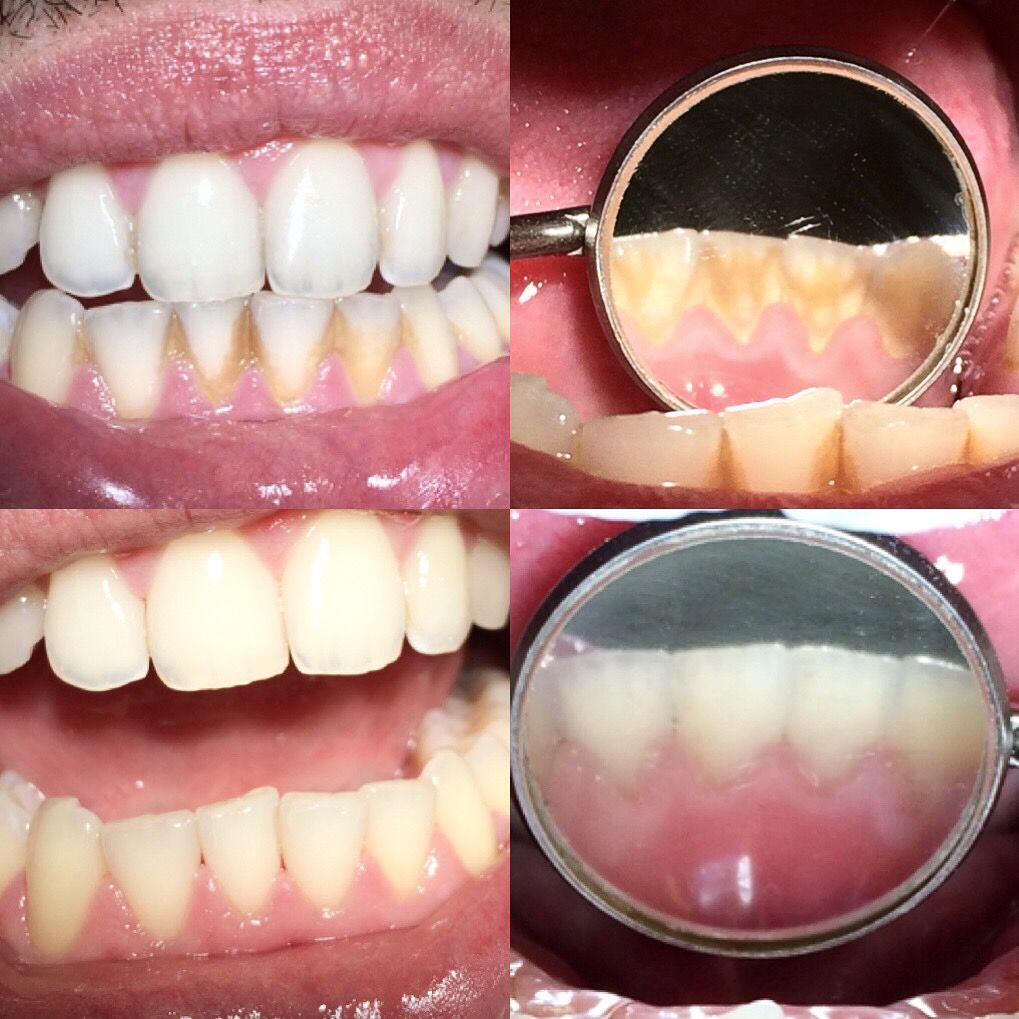
Discoloured teeth are not uncommon – which is not a surprise, given the nation’s love of coffee, tea and wine. Nearly half of the population are unhappy with their smile, with a further 64% putting this down to discoloured teeth. Nowadays there is a whole spectrum of smile-brightening treatments available – but which is the best for you?

Dental hygienist Anna Middleton says discolouration is often a natural occurrence, although food and drink consumption undoubtedly plays a part. ‘Teeth naturally vary in their shade of colour,’ she says. ‘This is due to the thickness of the covering the dentine – naturally yellowish inner surface. Staining can be defined as intrinsic – when the inner layer of the tooth (the dentine) darkens, or extrinsic – when the enamel is stained.
‘There are numerous types of stains; some are genetic, environmental or pharmacological in nature. The most common though are surface stains on the enamel down to red wine, tea, coffee, various foods and smoking.’
So, what’s the best way to tackle those pesky stains? Teeth whitening and stain removal are common treatments, but it is often difficult to know which one will have the most beneficial results.

Stain removal
‘The result is instance leaving you with smooth, bright, clean teeth you will want to show off all day. It’s ideal for those with extrinsic staining – coffee, red wine, smoking. This can be achieved during a routine hygiene appointment where the teeth are cleaned to remove staining and any plaque deposits, which can be soft and hard. The teeth are then polished at the end with either conventional polish or 'Airflow’,’ says Anna.
‘Airflow is a powerful combination of water, air and fine powder (think jet-wash but for your teeth). It will remove heavy surface stains and discolouration quickly and gently, leaving teeth looking whiter. It takes less than 5 minutes at the end of a routine hygiene clean and is used instead of conventional polish, which can be abrasive and scratch enamel. This is also ideal for patients thinking about teeth whitening as the teeth are left clean to help maximise the effectiveness of the procedure.’
And prices? Stain removal costs vary, but usually fall between £50 and £100 – including a hygienist appointment, lasting between 30 minutes to one hour.
Teeth whitening
Anna says: ‘Professional whitening is the only way to actually change the colour of teeth. It is a safe and effective way to improve your appearance, boost self-confidence and appear more youthful.
‘Developments in whitening technology means the process has become easy to do with minimal fuss or mess. The way whitening works is there is a chemical reaction that breaks apart the carbon bonds that create yellow stains. Once the bonds are broken, they no longer reflect a yellow shade. This process does takes time with in-surgery whitening taking around an hour but for the best results opt for home whitening which will see you whitening for approximately two weeks.’

Teeth whitening is more expensive than stain removal, with the average prices falling between £250 and £700.
A few lifestyle changes can make a huge difference when it comes to oral hygiene. Quitting smoking, cutting down on alcohol and using a straw when consuming acidic drinks are all key to dodging any stains, according to Anna. She also warns against using Corsody’ or chlorhexidine mouthwash without instruction from a dental professional – this could be the cause of staining.
So, what is the secret to maintaining a bright, white smile?
1. Invest in an electric toothbrush. Brush twice a day and be sure to include some form of cleaning in between the teeth, either with floss or inter-dental brushes.
2. Have regular dental and hygiene appointments. Visit the dentist at least once a year and the hygienist a minimum of twice a year to keep your smile gleaming.
3. Use a straw for your drinks and try and rinse your mouth with water after consuming dark-coloured foods and drinks. Keep acids and sugars to meal times only, and aim for no more than three to four sugar/acid attacks per day.
4. Chewing gum is not just for freshening breath. Sugar-free gum increases salivary flow, which can neutralise plaque acids, help remove food debris, strengthen teeth and reduce dry mouth. I suggest only opting for chewing gums with Xylitol as an ingredient, as it can help fight tooth decay too.
5. Make lifestyle changes – quit smoking or cut back on the red wine and coffee. Your body will thank you and so will your teeth!
.JPG)
References
Related Treatments

Teeth Whitening
Tooth whitening involves lightening the natural co...

